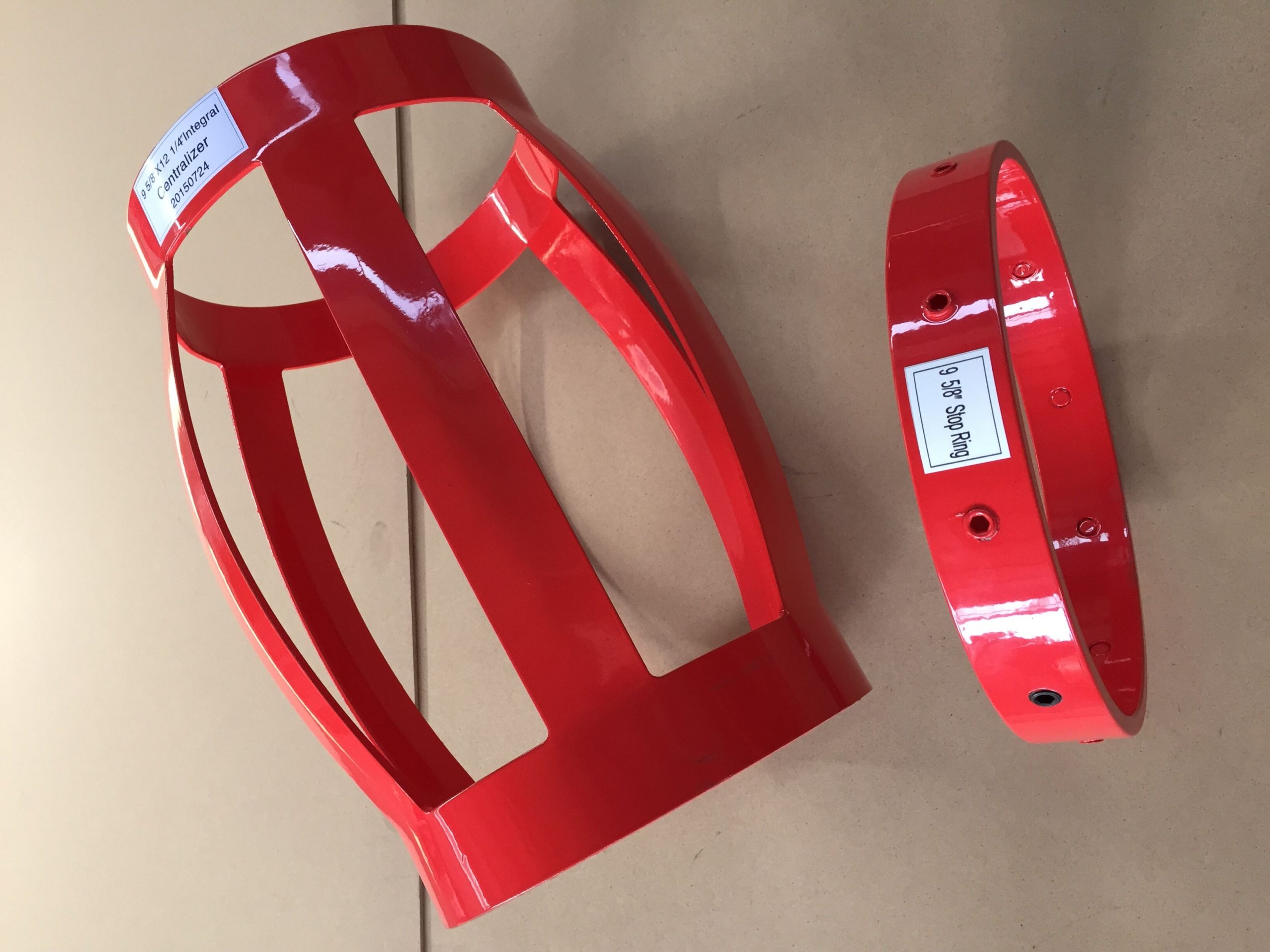Early water-powered concretes, for example, those of James Parker, James Frost, and Joseph Aspdin, were moderately delicate and promptly ground by the crude innovation of the day, utilizing level grindstones.
The rise of Portland concrete during the 1840s made crushing extensively increasingly troublesome because the clinker created by the oven is frequently as hard as the grinder material.
Along these lines, concrete kept on being ground coarsely (normally 20% more than 100 μm molecule measurement) until better pounding innovation opened up. Other than delivering un-responsive concrete with moderate quality development, this exacerbated the issue of unsoundness.
Shut Circuit Frameworks
The proficiency of the beginning times of pounding in a bow plant is a lot more prominent than that for the development of ultra-fine particles. Hence, bow centralizers manufacturers work most effectively by making a coarse item, the fine divisions of this at that point being isolated, and the coarse part being come back to the plant gulf.
The extent of the factory leave material returned to the bay may differ from 10-30% when customary concrete is being ground to 85-95% for very fine concrete items. It is significant for framework effectiveness that the base measure of the material of completed item fineness comes back to the delta.
Present-day separators are fit for making an exact size “cut” and contribute altogether to the decrease of vitality utilization, and have the extra bit of leeway that they cool both the item and the returned material, along these lines limiting overheating.
Proficient shut-circuit frameworks, as a result of their tight molecule size control, lead to concretes with generally restricted molecule size dispersions (for example, for a given mean molecule size, they have less huge and little particles).
Roller Plants
These have been utilized for a long time for the less demanding crude processing process, yet as of late roller factories, in the mix with high-productivity separators, have been utilized for concrete pounding.
The granulating activity utilizes a lot more prominent weight on the material than in a bow factory and is like this progressively productive. Vitality utilization is commonly a large portion of that of a bow plant. In any case, the limitation of the molecule size dispersion of the concrete is risky, and the procedure still can’t seem to get wide acknowledgment.
Notwithstanding the control of temperature (referenced over), the fundamental prerequisite is to acquire a steady fineness of the item. From the soonest times, the fineness was estimated by sieving the concrete. As concretes have gotten better, the utilization of sifters is less relevant, yet the sum held on a 45 μm strainer is as yet estimated, for the most part, via air-stream sieving or wet-sieving.
The sum passing this strainer (commonly 95% in current, broadly useful concretes) is identified with the concrete quality improvement capability, on the grounds that the bigger particles are inert.
The fundamental proportion of fineness today is an explicit surface. Since concrete particles respond with water at their surface, the particular surface region is straightforwardly identified with the concrete’s underlying reactivity. By changing the fineness of the pound, the assembling can deliver a scope of items from a solitary clinker.
Tight control of fineness is fundamental to get concrete with the ideal predictable everyday execution, so nonstop estimations are made on the concrete as it is created, and plant feed-rates and separator settings are acclimated to keep up the steady explicit surface.







